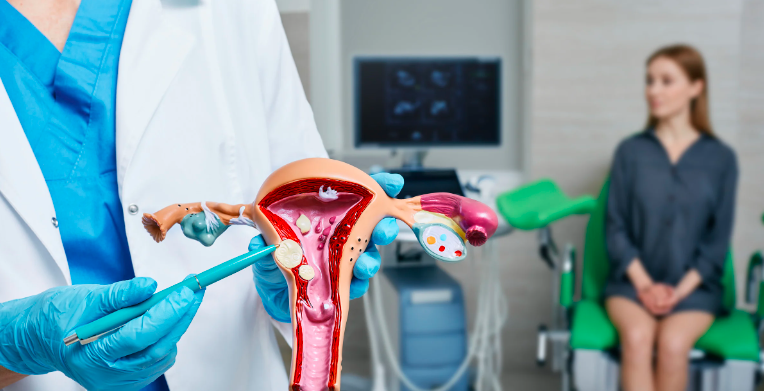Are you constantly exhausted from heavy menstrual bleeding? Does pelvic pain interfere with your daily life? You’re not alone. Many women suffer from noncancerous growths in the uterus.
What Are These Growths?
These benign tumors, commonly known as fibroids, form within the uterine muscle. They can vary in size and number among individuals. The reassuring news is that these formations do not transform into cancer or heighten the risk of other diseases.
What Causes Them?
The precise causes are multifaceted, involving genetic changes, hormonal influences, and growth factors.
When Do They Require Treatment?
Not all of these growths necessitate medical intervention, particularly if they are small and symptom-free. However, if they cause discomfort or other issues, several treatment options are available:
- Medications: To reduce bleeding and alleviate pain.
- Minimally invasive surgery: To remove growths while preserving fertility.
- Advanced procedures: Like embolization, a less invasive technique targeting the problem areas.
How Do I Know If I Have Them?
Many women experience no symptoms, but some common signs include:
- Heavy menstrual bleeding
- Prolonged or frequent periods
- Pelvic pain
- Frequent or urgent urination
- Increased abdominal size
- Constipation
- Backache
- Pain during sex
Risk Factors
While the exact cause remains unclear, certain factors may increase your risk, such as:
- Race: Higher prevalence among African women.
- Family history: A hereditary predisposition.
- Lifestyle and environmental factors: Early menarche, obesity, vitamin D deficiency, diet, and alcohol consumption.
Potential Complications Uterine Fibroids
Although these benign tumors are usually harmless, they can sometimes lead to:
- Anemia from excessive bleeding
- Fatigue
- Weakness

Impact on Pregnancy
These growths may influence pregnancy outcomes, potentially causing infertility, miscarriage, placenta previa, preterm birth, or restricted fetal growth.
When to Consult a Doctor about Uterine Fibroids
Seek medical advice promptly if you encounter symptoms such as:
- Postmenopausal bleeding
- Bleeding between periods
- Irregular menstrual cycles

Leave a Reply